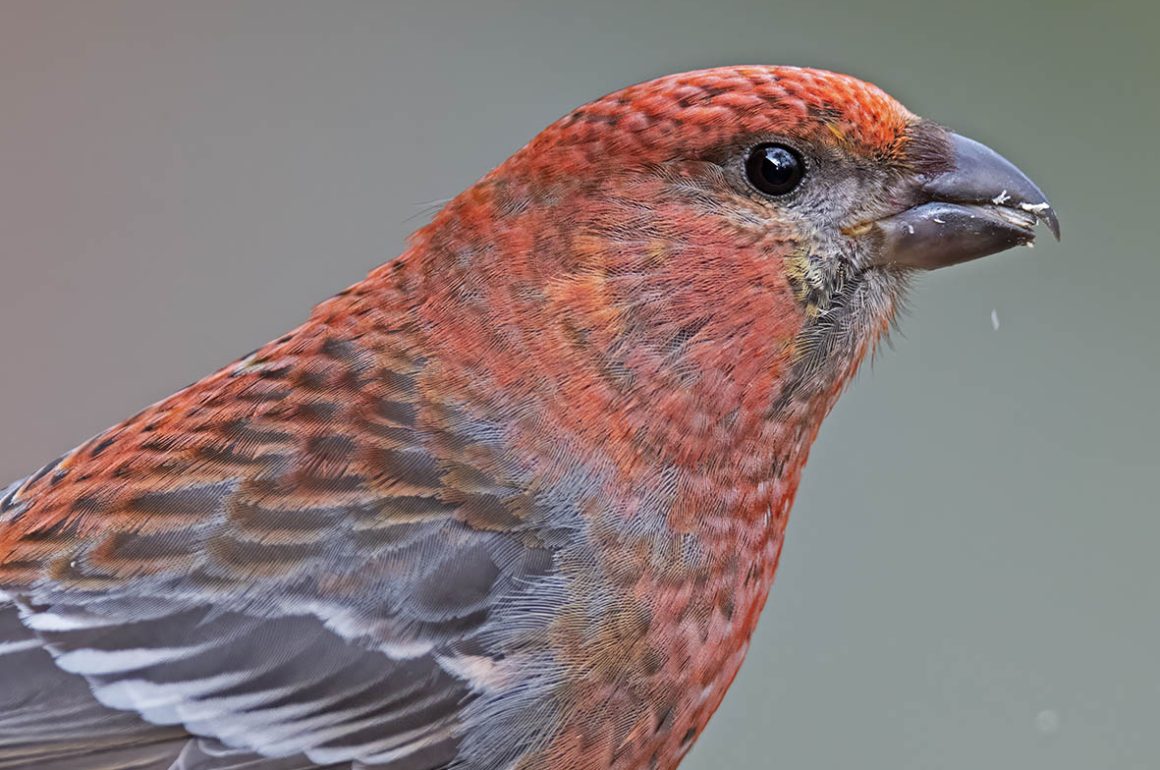
The boreal forest belt that runs from Scandinavia right across to the Pacific and beyond holds some resilient bird species, which are able to survive the harsh and dark winters. When the days lengthen and the snow gradually starts to melt, some of these birds get into breeding plumage and nest in the deep forest while others migrate even further north to breed. I am familiar with the western end of this forest in Finland and Sweden. To observe some of its birds in spring and early summer, during the short breeding season, offers us a glimpse of the beauty of some of these birds that many of us living further south only see, if they reach us that is, in winter plumage. These birds of the Boreal belt shifted their geographical range southwards during the Pleistocene glaciations, some reaching as far south as France but not beyond.
A favourite place of mine, and many birders, is Kaamanen in Finland. At 69oN, it is well within the Arctic Circle in the heart of the Finnish Lapland. This is the land of reindeer and huge tracts of coniferous forest. The lodge at Kammanen is the ideal staging post on the way up to Arctic Norway. The slopes behind the lodge are kept constantly supplied with seeds, making it an ideal location to see and photograph the local resident birds and those moving through. The local squirrels also get attracted to the food source. The photographs illustrating this article were all taken at Kaamanen, albeit at different times of the spring-early summer season.
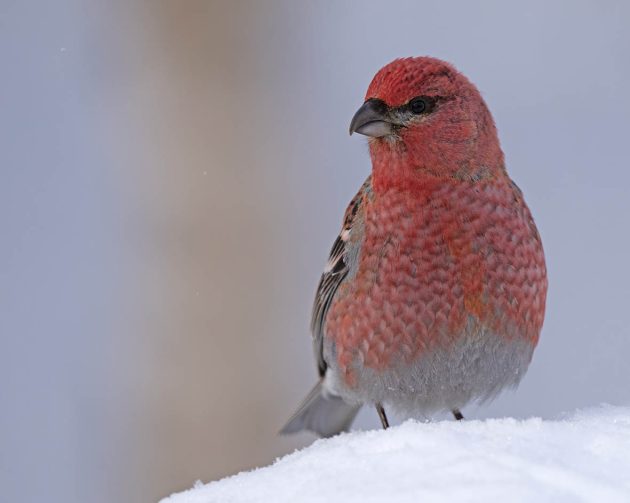
The most striking bird of this forest is, for me, the Pine Grosbeak (Pinicola enucleator). You cannot but be struck in awe when you first see this passerine – it is huge! The males are a bright red but the golden-coloured females are also stunning in their own right. Some of these birds move south, a relatively short distance, for the winter but others are resident. In spring you get a combination of migrants and residents at the feeders.
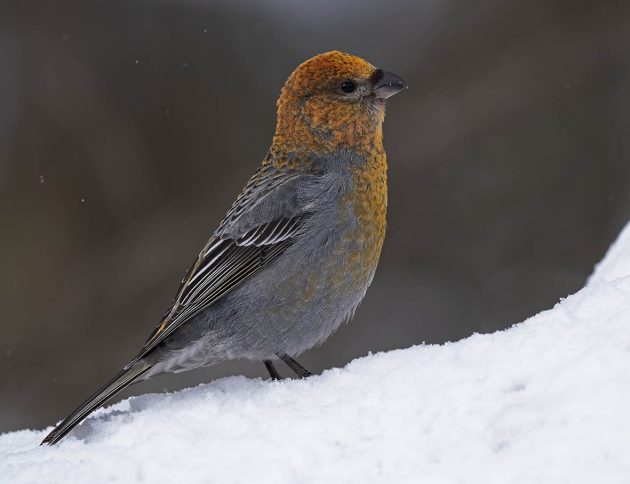
If the Pine Grosbeaks are impressive, there is a bird that beats it for colour. It is a bird I was familiar with but which I always wanted to see during the narrow window when it obtains its breeding plumage. I’m talking of the male Brambling (Fringilla montifringilla). You have to get them well into the spring if you want to find birds with a full black head, without any white spots.
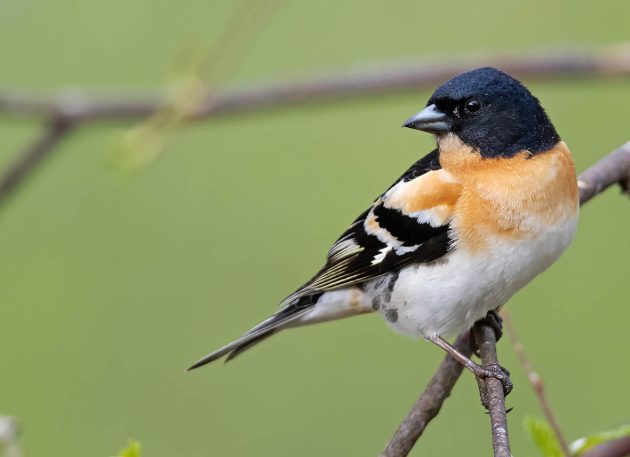
Kaamanen also offers us a chance to compare two closely-related finches. Here you are in the overlap zone of the breeding range of the Common Redpoll (Acanthis flammea) and the rarer Arctic (or Hoary) Redpoll (Acanthis hornemanni). What beauties these little finches are.
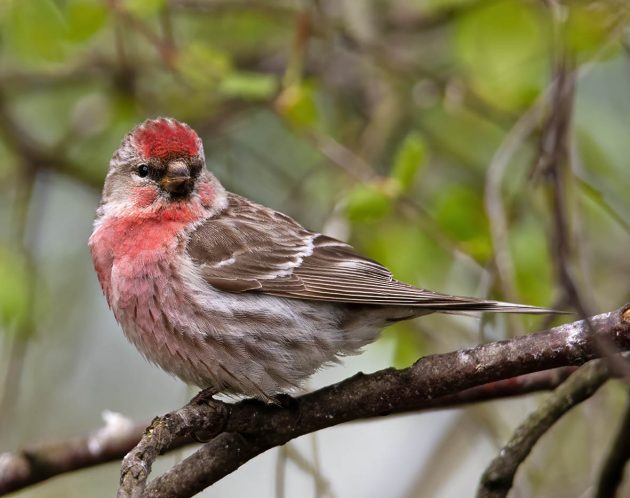
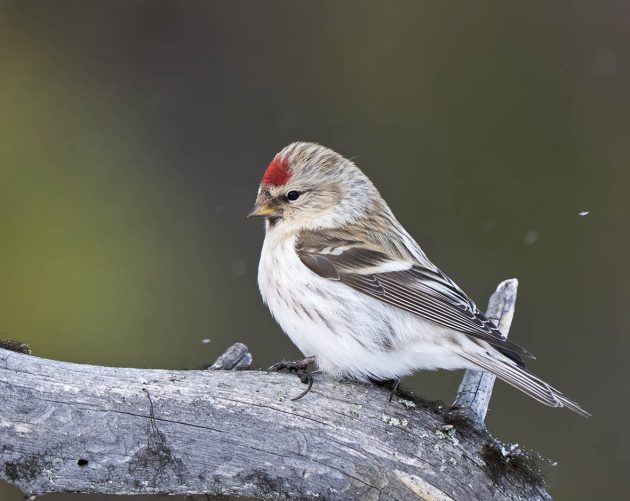
Always in attendance at the feeders are the wonderful Siberian Jays (Perisoreus infaustus). If you like corvids, Siberian Jays will not disappoint you. Their antics and bold behaviour, allowing you to get up close, will soon win you over. There is another bird of the forest, one which I photographed elsewhere in Finland, which I would like to end with. Get them early in the spring and you’ll catch them still in their all-white winter plumage – the Willow Grouse (Lagopus lagopus). This bird can be difficult to locate due to the way it blends in the snow but in early spring the males will climb up tree branches to “sing” and display to the females.
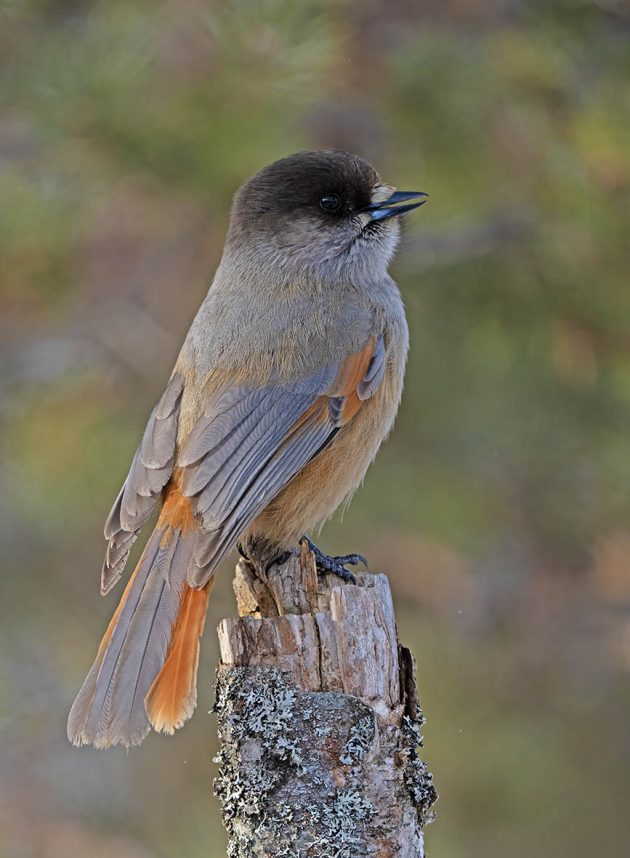
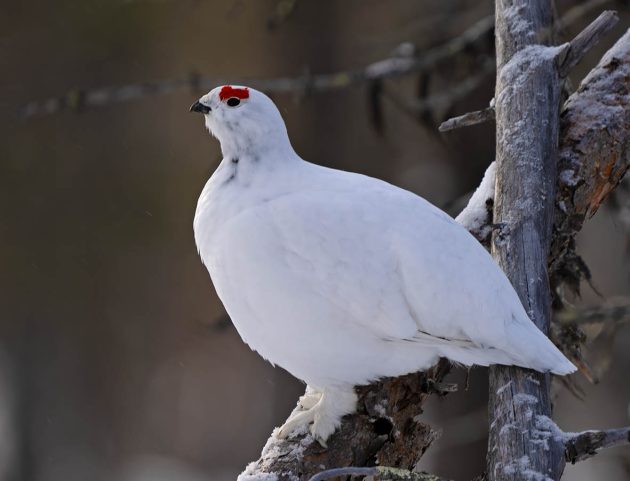
One last word on resilient species. I have highlighted some of the Boreal Forest specialities but we should not forget some residents which we can find across much of Europe and which are able to cope with the harsh conditions up here. Among them are Great Tit (Parus major) and Greenfinch (Choris chloris). My next article will look at the winter in these forests.
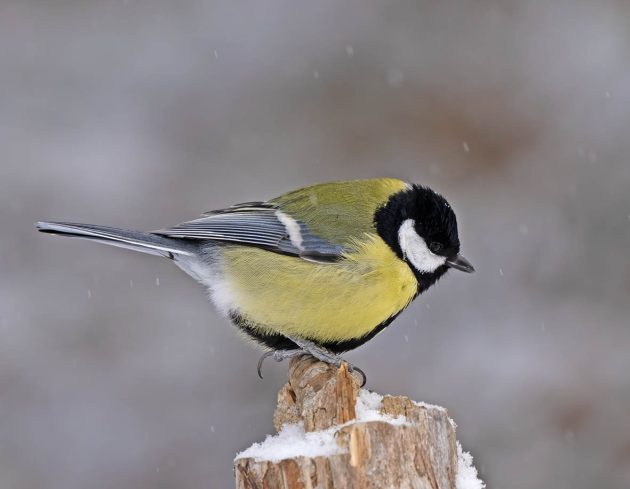
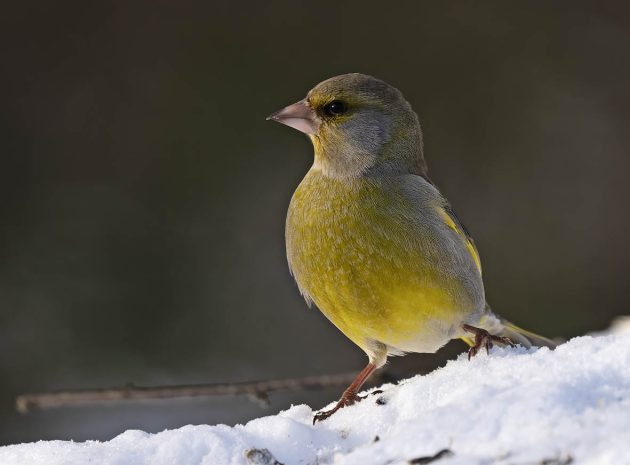













Beautiful pictures, as usual. It’s especially interesting to look at the two redpolls, as they have recently been lumped together as one species. I have seen the two together on their breeding grounds in Arctic Norway – the two types were certainly breeding together, and I suspect that some brown (common) redpolls were paired with white (Arctic) redpolls, but I wasn’t able to watch them long enough to find out whether this was the case. Both types are very pretty birds, as Clive’s photographs show.
Thanks David. I know they’ve been lumped back together although not everyone seems to be acknowledging this. They are pretty distinctive. I’m relaxed about their specific status – they know who they are!
Beautiful photos, within which there is much encouragement to get this tropical body into the frigid north!
These birds are jumping out of the screen putting their flame on! How beautiful and inspiring. I have the nostalgia of walking in the snow to observe nature. I look forward to the next article to explore the winter in these forests!
Great images Clive. A part of the world I have not visited.